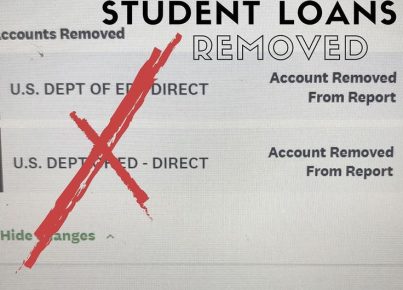In the realm of education, fostering a positive learning environment is paramount for the cognitive and emotional development of students. Classroom reward systems and intrinsic motivation are key concepts that play a vital role in creating such an environment. This article explores how these two elements interact and influence student engagement and achievement.
Classroom reward systems are external incentives used by educators to encourage desired behaviors and academic performance. Common examples include sticker charts, point systems, or privileges such as extra recess time. The idea is that by offering a tangible reward, students will be more likely to repeat the behavior that led to the reward. However, the implementation of these systems has been a subject of debate among educators and psychologists.
On one hand, reward systems can be highly effective in the short term. They can promote an immediate increase in participation and can be particularly useful for reinforcing basic skills and routine tasks. For students who struggle with self-motivation, these rewards can provide the necessary boost to engage with their work.
On the other hand, there is concern about the long-term effects of extrinsic rewards on intrinsic motivation. Intrinsic motivation refers to engaging in an activity for its own sake, for the pleasure and satisfaction derived from the task itself rather than from any external rewards it may bring. Studies have shown that intrinsic motivation is closely linked to deeper learning, creativity, and psychological well-being.
A widely referenced study on motivation by Edward Deci and Richard Ryan underlined that while extrinsic rewards might secure compliance, they do not necessarily engender genuine interest in a learning task. Over-reliance on rewards can lead students to attribute their actions to external incentives rather than to their innate interests or abilities. This shift from intrinsic to extrinsic motivators may ultimately undermine a child’s natural curiosity and love of learning.
Moreover, intrinsic motivation is associated with higher academic achievement. Learners who are intrinsically motivated tend to process information more deeply and thoroughly. They show better problem-solving abilities and understanding because their drive comes from within, making them more resilient in the face of challenges.
To maintain a balance between extrinsic rewards and intrinsic motivation within classroom settings, educators could consider several strategies:
1. Use rewards strategically: Only employ rewards for behaviors that are not inherently interesting or enjoyable for most students.
2. Offer choices: Allowing students some level of choice in their activities can enhance their sense of autonomy which supports intrinsic motivation.
3. Praise effort over ability: Foster a growth mindset by praising students for their hard work rather than innate intelligence.
4. Encourage self-assessment: Have students reflect on their learning process and self-evaluate their progress.
5. Focus on mastery: Emphasize the value of mastering skills over obtaining rewards.
In conclusion, while classroom reward systems can serve as useful tools for managing behavior and encouraging engagement, it is important not to overlook the power of intrinsic motivation in fostering a lifelong love for learning. Balancing these elements wisely can lead to a truly enriching educational experience where students are motivated not only by external rewards but also by their innate desire to explore, understand and grow.





